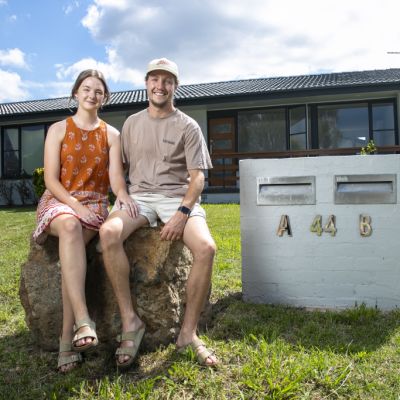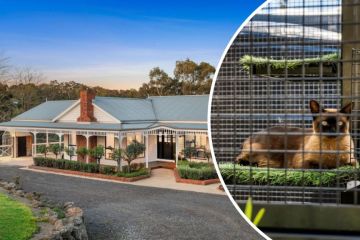How the landscape of Canberra’s property market has changed in the past decade
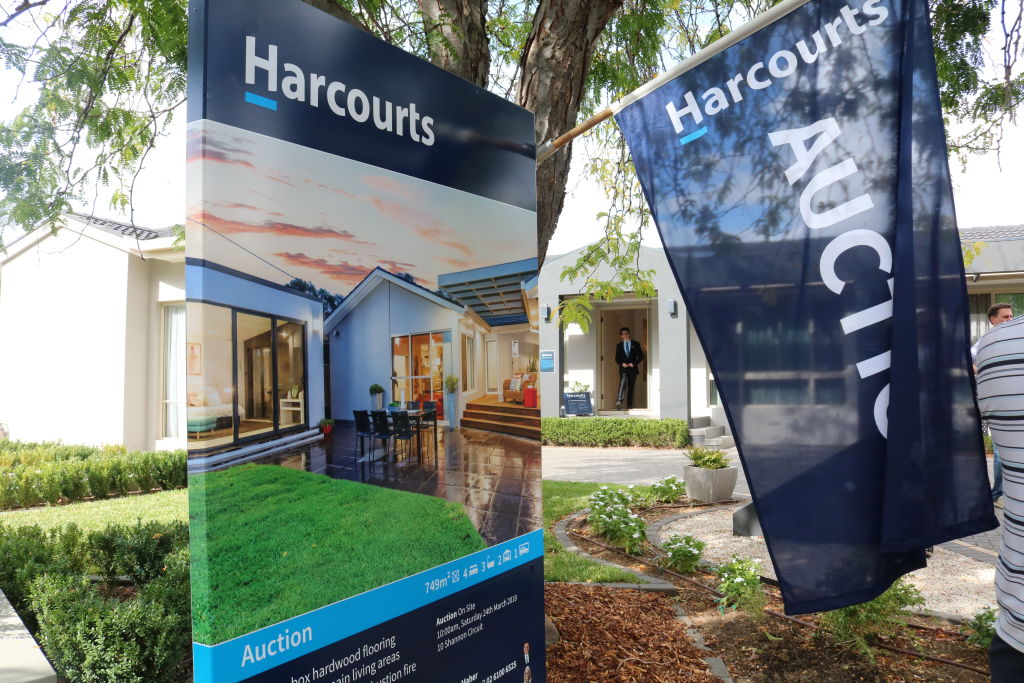
Forget smashed avocados. Property hunters are having to forgo many things besides premium breakfast items just to get a foot in the property door.
In Canberra, the dream of home ownership has been pushed further away, with the last decade of house price growth highlighting how unaffordable the capital, which houses less than 500,000 people, has become.
Rewind to the year 2011. Julia Gillard was the prime minister, interest rates were sitting between 3 and 4.25 per cent and the median house price in Canberra was $560,164, according to Domain data.
Today, the official interest rate is 0.1 per cent and the median house price in the capital is $1,178,364, up 36.6 per cent year-on-year.
Veterans of the smashed avocado debate in 2017 might even have some sympathy for property hunters in 2022 – who could’ve imagined an upswing of close to 40 per cent for house prices in a single year?
“Historically, in Canberra, the growth and downturn in the housing market could be best described as modest,” said Domain chief of research and economics Nicola Powell.
“There are very few times in Canberra’s 30-year price history that prices have pulled backwards. So it’s been a steady performer for home owners and also those trying to get into the market.
“All of that historic lens of Canberra’s performance was thrown out the window over the last two years because we’ve seen this upswing in price that we’ve never seen before. Canberra’s experienced extraordinary rates of price growth.”
Rapidly rising property prices are not unique to the capital but are a global phenomenon coming as a result of record-low interest rates, a chronic shortage of properties for sale and pandemic measures to support household balance sheets.
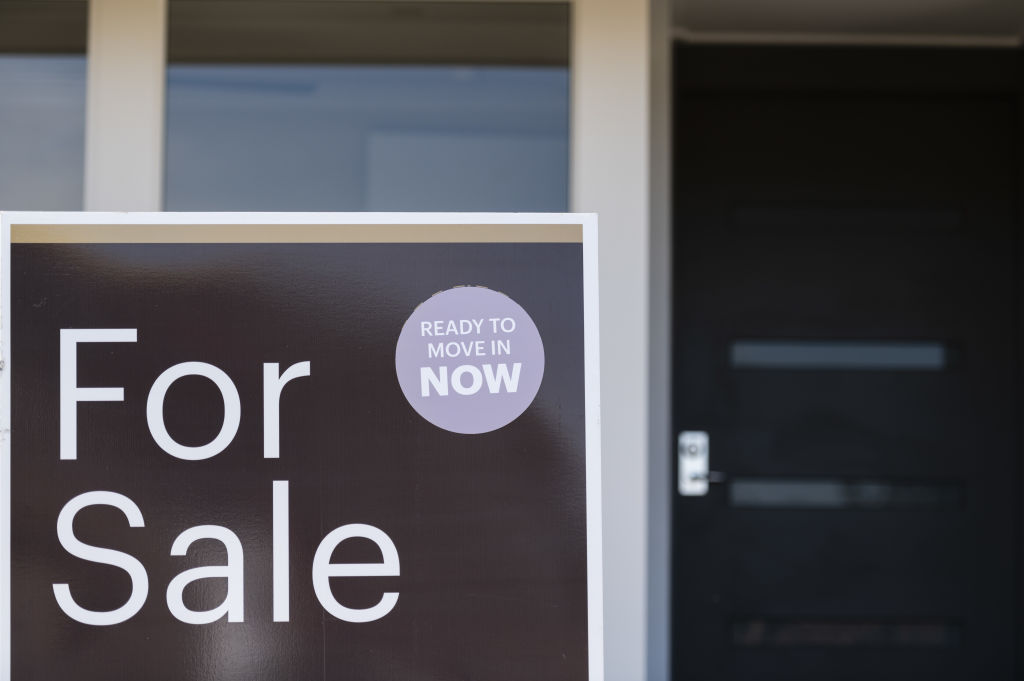
First-home buyers are finding it more difficult to purchase thanks to a high rate of house price growth against a backdrop of low wage growth – despite Canberra having the highest average wage of all cities, said Capital AMP chief economist Shane Oliver.
“Wages growth over the last 10 years has averaged less than 3 per cent, whereas house prices have gone up almost double that rate,” Mr Oliver said.
“In previous times, yes, interest rates were higher but people’s wages were increasing at a faster rate so the burden of the debt declined more quickly.
“The ratio of house prices to income has deteriorated significantly and that has led to a deterioration of affordability.”
And while interest rates have made it feasible for people to purchase, it’s been a double-edged sword for many buyers, Mr Oliver said.
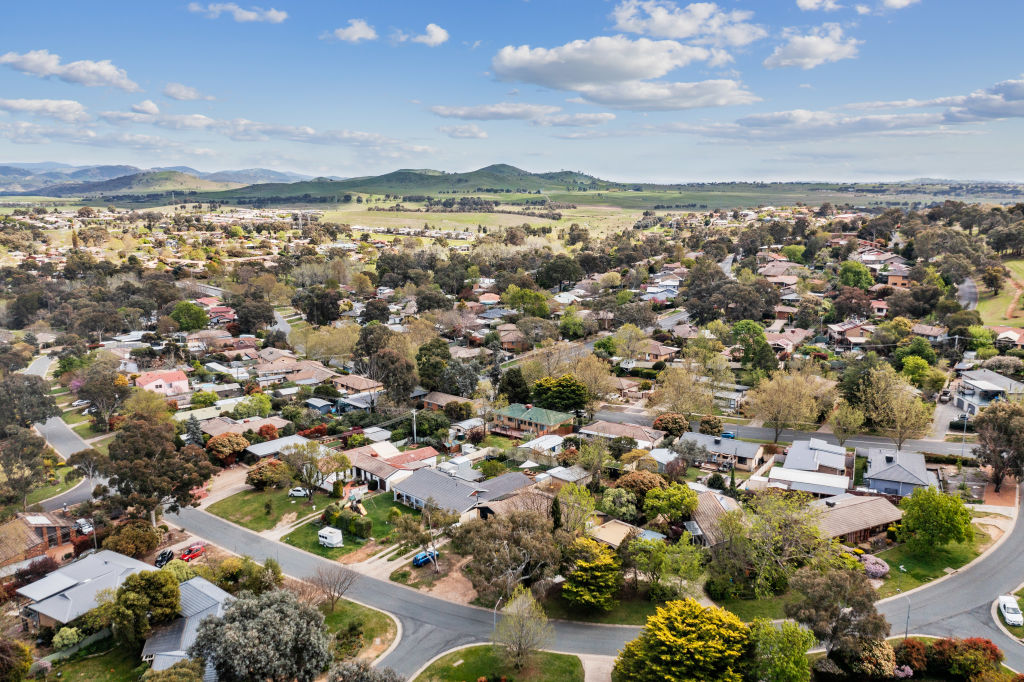
“Buyers have to take on a massive amount of debt and have to save for a lot longer because saving a 10 per cent deposit on a million-dollar property takes a lot longer than saving for a $500,000 property, which was realistic 10 years ago,” he said.
This has seen many Canberrans leave the capital for more affordable housing options in Queensland, such as in Brisbane where the median house price is $792,065, Dr Powell noted.
“Queensland has been a magnet for a lot of interstate movers and south-east Queensland has been the main area to benefit from that flow because of that affordability factor … it’s much more affordable than Canberra, Sydney and even Melbourne,” she said.
The solution to this? More land releases and different housing options, Mr Oliver said.
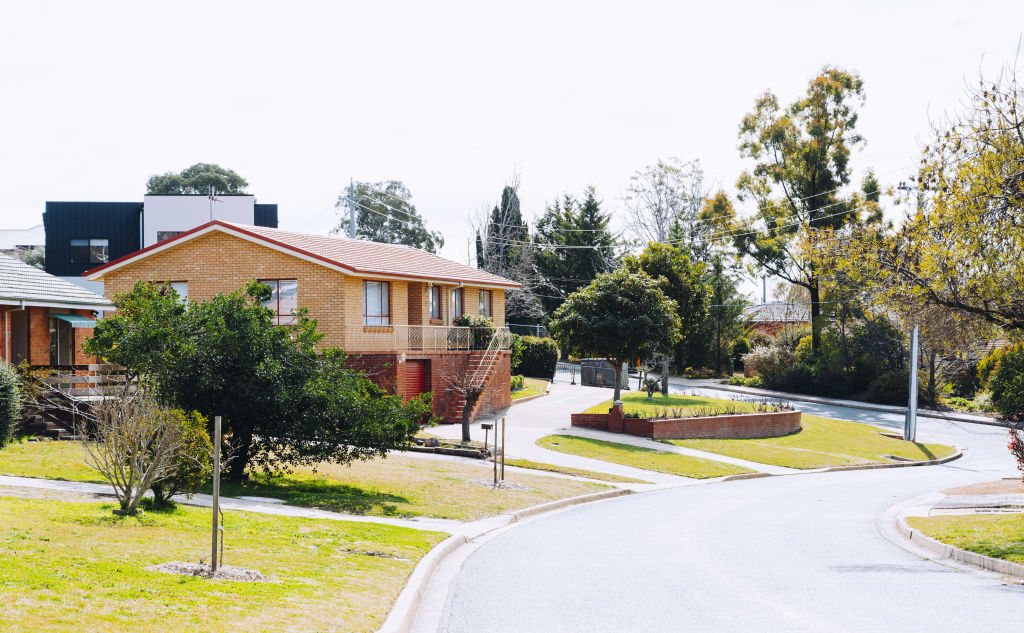
“If there were more housing options available, it’d alleviate the pressures in the market,” he said.
“In theory, Canberra’s housing market shouldn’t have nearly the same problems as Sydney because it’s surrounded by land that could conceivably, under the right circumstances, be converted into residential housing … but land releases in Australia are slow compared to other countries.”
Despite this, Brendan O’Reilly of Mo’r Mortgage Options said, most of his clients come to the table with a deposit of 5 to 10 per cent.
“If they are committed to the goal, the rest will fall into place,” he said. “With the property market increasing significantly, it’s made it harder for people to get into the market but people often utilise the bank of mum and dad.

“If borrowers don’t have all the funds right now, we set a goal, we push it back another six months or 12 months so that when that time comes, they’re armed with the right deposit.”
With interest rates expected to rise in June, many are hoping for the housing market to crash but Mr Oliver anticipates it will merely “dampen property price growth”.
“It will be a steady decline in interest rates that’ll be done to slow demand in the economy and control inflation. Borrowers will be able to borrow less which will put downward pressure on price,” he said.
“History tells us that these property booms will come to an end.”
We recommend
We thought you might like
States
Capital Cities
Capital Cities - Rentals
Popular Areas
Allhomes
More
